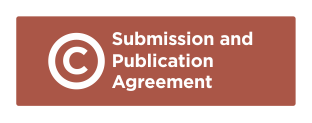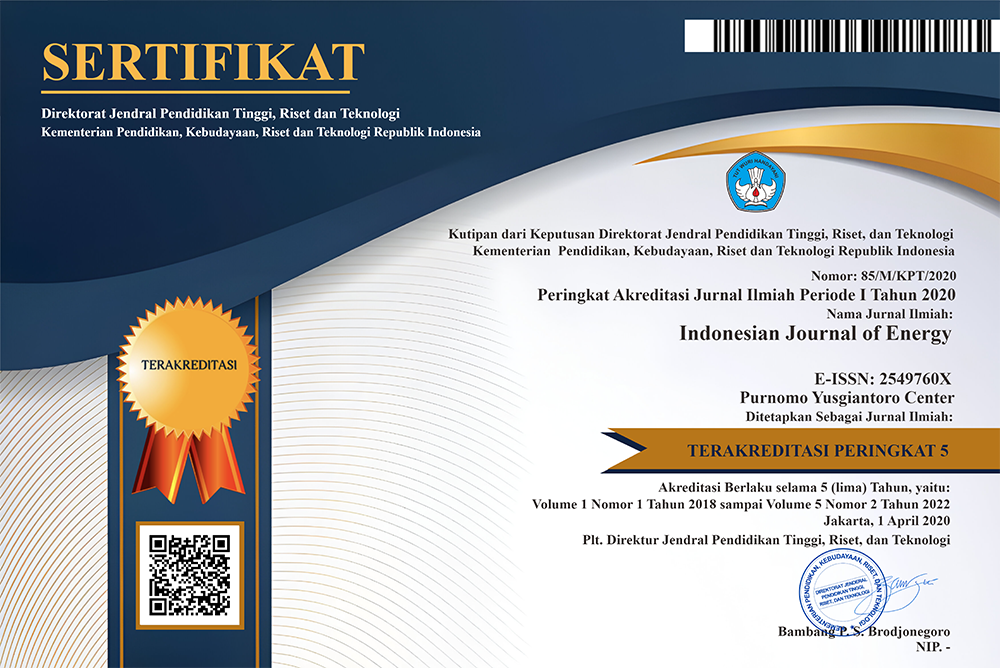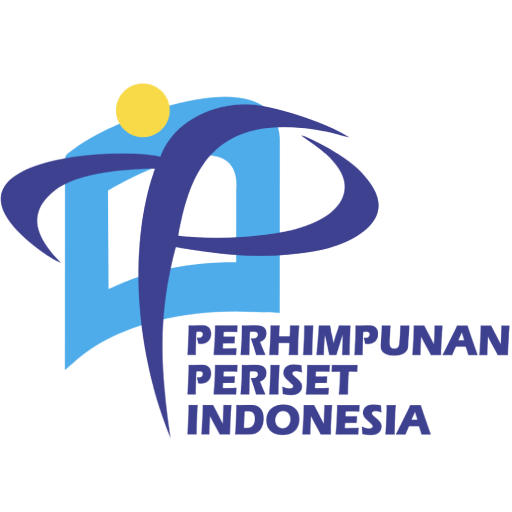Turning a Liability into an Asset
How the Challenge of Powering Indonesia’s Remote Grids is an Opportunity to Shape Cutting-Edge Energy Policy
Abstract
President Jokowi has promised to add 35 GW of power to the national grid, while the Ministry of Energy and Mineral Resources wants to source 23% of its power from renewable sources by 2025. It will be difficult to reconcile these two goals as the majority of Indonesia’s 35 GW is expected to come from high-capacity coal and gas-fired plants on Java and Sumatra. This runs the risk of both undershooting the renewables goal and neglecting the more remote provinces in eastern Indonesia that rely mainly on imported diesel fuel. With a shrewd policy aproach, this could pose an opportunity to begin developing small-scale renewable power sources – such as solar, wind, and biomass gasification – in more remote parts of Indonesia where natural resources are plentiful and large-scale fossil fuel plants are impractical. This would allow PLN to both boost the share of renewables in the energy mix and acquire experience running flexible micro-grids capable of managing diverse and decentralized energy sources. This would put Indonesia ahead of the curve, as efficient grids that can draw power from a wide range of sources will likely play a big role in the future of energy policy. If PLN continues to focus narrowly on high-capacity gas and coal plants, it will risk getting locked into an inflexible, high-carbon structure ill-suited for the needs of the 21st century. The limits of such a model are already showing in the United States.
Downloads
References
Asian Development Bank. (2017, September 14). Retrieved from ADB: https://www.adb.org/news/adb-provide-indonesias-energy-sector-over-1-billion-loans
Boyle, D. A. (2016 ). Moving Toward Value in Utility Compensation. America's Power Plan.
Branker, K., Pathak, M. J. M., & Pearce, Joshua M. (2011). "A review of solar photovoltaic levelized cost of electricity." Renewable and Sustainable Energy Reviews, 15(9), 4470-4482.
Bridle, R., Kitson, L. (2014). "The Impact of Fossil-Fuel Subsidies on Renewable Electricity Generation." GSI Report. International Institute for Sustainable Development.
Burman, K. (2014, October 1 ). US DOE Project: Sustainable Energy for Remote Indonesian Grids . Retrieved from Clean Energy Solutions : https://cleanenergysolutions.org/sites/default/files/documents/2.nrel-energy_efficiency_and_renewable_energy_feasibility_study.pdf
Colombu, S. (2016, September 28). Sustainable access to energy: Meet Clean Power Indonesia. AVPN.
Cornot-Gandolphe, S. (2017). Indonesia’s Electricity Demand and the Coal Sector: Export or Meet Domestic Demand? Oxford Insitute for Energy Studies .
Deloitte. (2016). 35,000 MW: A Light For the Nation. Deloitte Research Paper Series.
Domingo, R. W. (2017). "Ayala's Wind Farm in Indonesia to Operate in Early 2018." Philippine Daily Inquirer. October 24.
Febrianto, V. (2016, September 20). "Indonesia to Build Wind Powered Electricity Generating Plant In Sulawesi." Antara News.
Hatziargyriou, N., Asano, H., Iravani, R., Marnay, C. (2007). "Microgrids." IEEE Power and Energy Magazine (Vol 5., Issue 4).
Gustaman, Y. (2017). "PLN Luncurkan Smart Grid, Dukung Bali Clean and Green." TribunBisnis, June 1.
Hayden, G. (2016, September 10). "Chinese and Japanese Firms Set to Tap Energy Opportunities." Forbes Indonesia.
Jakarta Post. (2016, November 8). Bright Indonesia program set Papua, W. Papua as priorities.
Jegho, L. (2015, April 13). Power Up Indonesia, President Jokowi to Launch Ambitious 35,000 MW Electricity Projects. Global Indonesian Voices .
Jenner, S., Groba, F. (2013) "Assessing the Strengths and Effectiveness of Renewable Electric Feed-In-Tariffs in European Union Countries." Energy Policy, Vol. 52, pp 385-401.
Jotzo, K. R. (2016). Can Indonesia's Energy Path Be Nudged Away From Coal? East Asia Forum. September 26.
Kiesling, L. L. (2015). Implications of Smart Grid Innovation for Organizational Models in Electricity Distribution. In Wiley Handbook of Smart Grid Development. Purdue University .
Kumara, I.N.S, Ashari, M., Sampeallo, A. S., Pawitra, A. A. G. A. (2017) "Simulated Energy Production and Performance Ratio of 5 MW Grid-Connected Photovoltaic under Tropical Savannah Climate in Kupang Timor Island of Indonesia." International Journal of Engineering and Technology Innovation, vol. 7, no. 2., pp 117-129,
Mose, A. (2016). "Developing the First Grid Connected Solar PV in Indonesia." PT Len Industri Report presented at Bali Clean Energy Forum, February 11-12.
Nixon, D., and Wolff, E. (2018). "Energy Regulators Reject Perry's Plan to Boost Coal." Politico Magazine, January 8.
Nye, David E. (1992). Electrifying America: Social Meanings of a New Technology. MIT Press, Cambridge.
Pfund, N., Healey, B. (2011). "What Would Jefferson Do? The Hisotiral Role of Federal Subsidies in Shaping America’s Energy Future." DBL Investors Report.
Pradipta, J. M. (2016). “Bringing renewable energy to life in Indonesia: Solar and beyond.” The Jakarta Post. January 25.
PricewaterhouseCoopers. (2016). Power in Indonesia: Investment and Taxation Guide . PricewaterhouseCoopers.
PwC. (2016). Indonesian Infrastructure: Stable Foundations for Growth . Retrieved from https://www.pwc.com/id/en/cpi/asset/indonesian-infrastructure-stable-foundations-for-growth.pdf
Rakhmat, D. T. (2017). “Solving Indonesia's Infrastructure Gap.” The Diplomat. May 16.
Schilling, M. A., Esmundo, M. (2009). "Technology S-curves in renewable energy alternatives: Analysis and implications for industry and government." Energy Policy.
SERIG. (2017). Accelerating the Market for Renewable Energy in Indonesia .
Somba, N. D. (2017). “Papua plans to use biomass power plant.” Jakarta Post. February 6.
Susanto, A. (2017). “Indonesia’s second renewables regulation alleviates PLN’s tariff dilemma.” PVTech. Retrieved from PVTech: https://www.pv-tech.org/guest-blog/indonesias-second-renewables-regulation-alleviates-plns-tariff-dilemma. February 7.
Tharakan, P. (2015). “Summary of Indonesia's Energy Sector Assessment.” Asian Development Bank.
Tomain, Joseph P. (1990). "The Dominant Model of United States Energy Policy." Faculty Articles and Other Publications. Paper 130. University of Cincinnati College of Law Scholarship and Publications.
The 13,466-island Problem. (2016). The Economist. Fenruary 27.
Wagner, D. F. (2017). “Battery storage: The next disruptive technology in the power sector.” McKinsey Report.
Wiedman, J. & Beach, T. (2013) "Policy for Distributed Generation: Supporting Generation on Both Sides of the Meter." America's Power Plan.
World Bank. (2008). Spending For Development: Making the Most of Indonesia's New Opportunities. World Bank.
Wulandari, M. (2017). Renewable Energy Power Pricing in Indonesia. ASEAN Centre for Energy. March 29.
Y. Nagai, H. Y. (2010). “Constructing low emitting power systems through grid extension in Papua New Guinea (PNG) with rural electrification.” Energy Policy, 2309-2316.
















